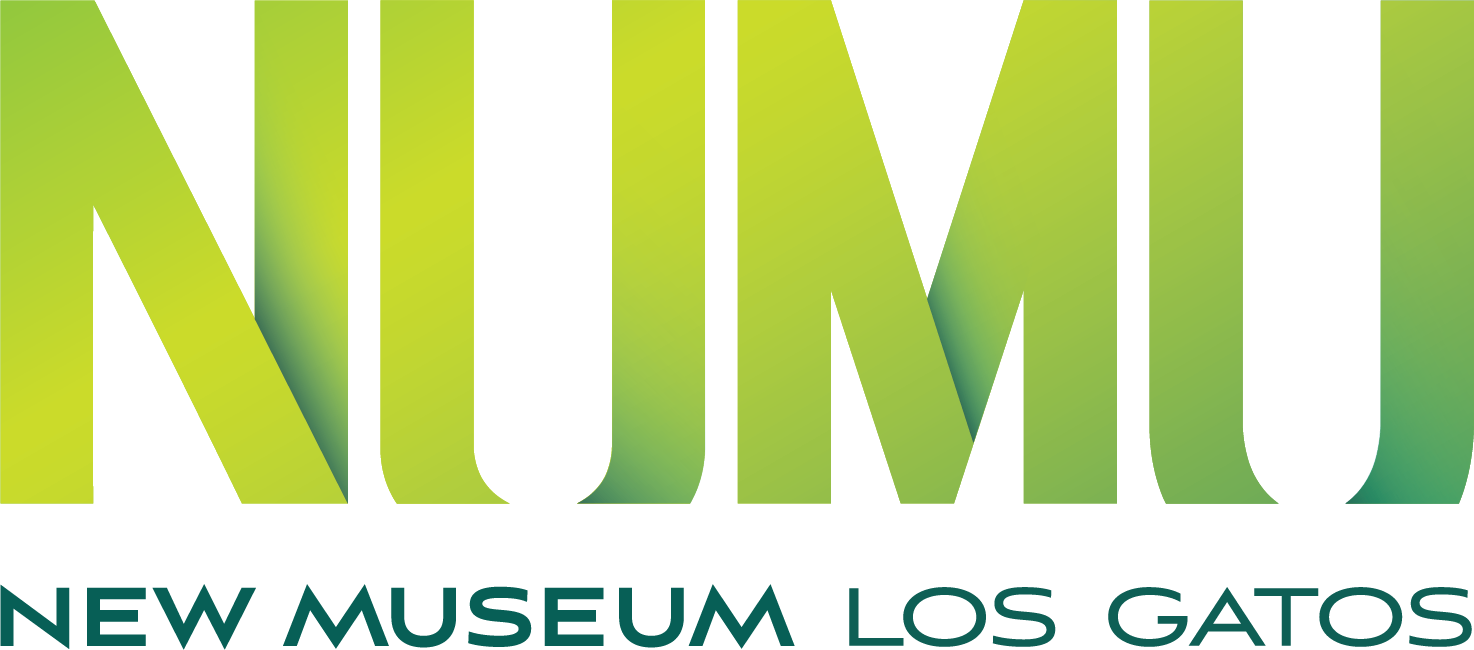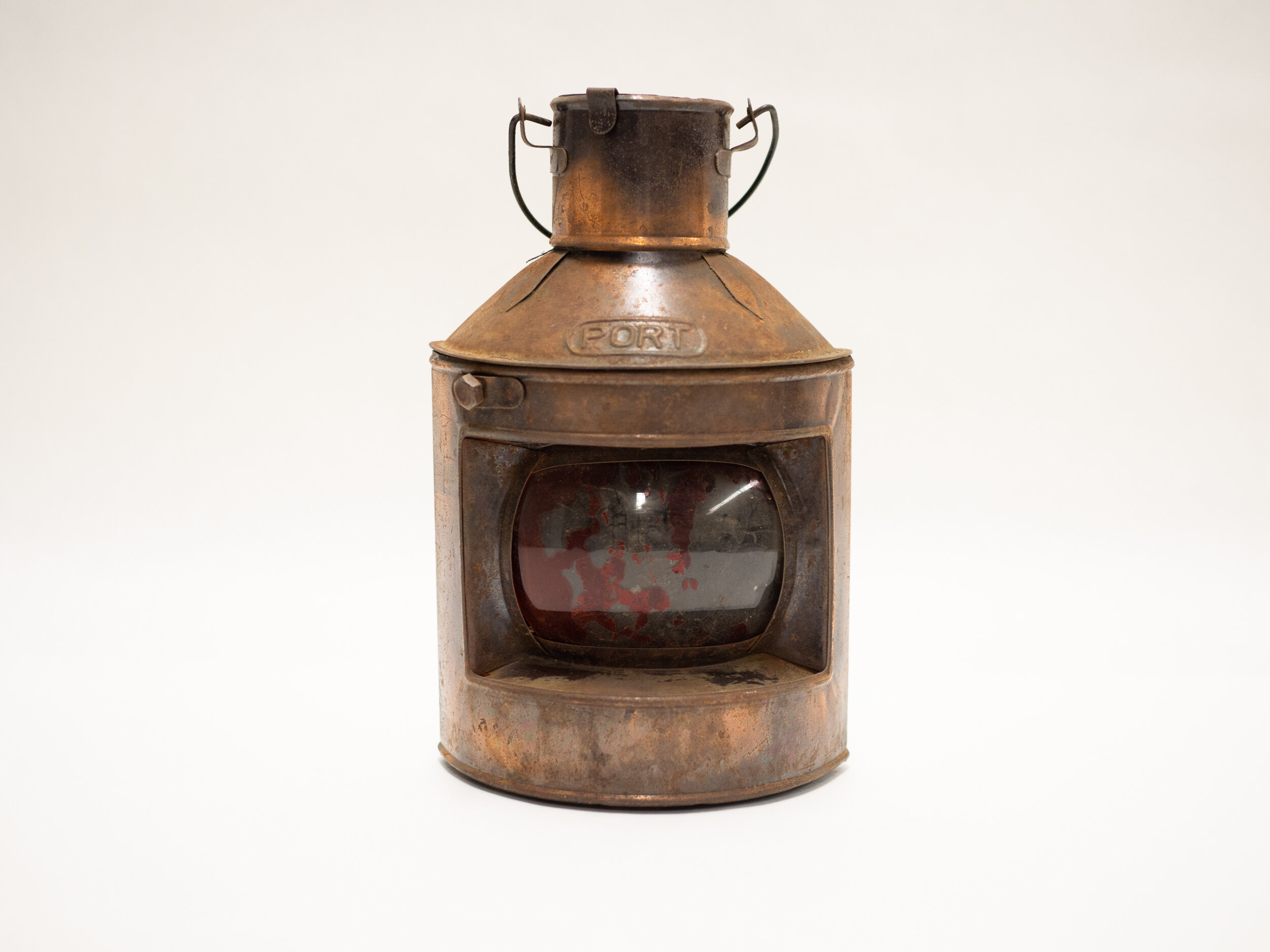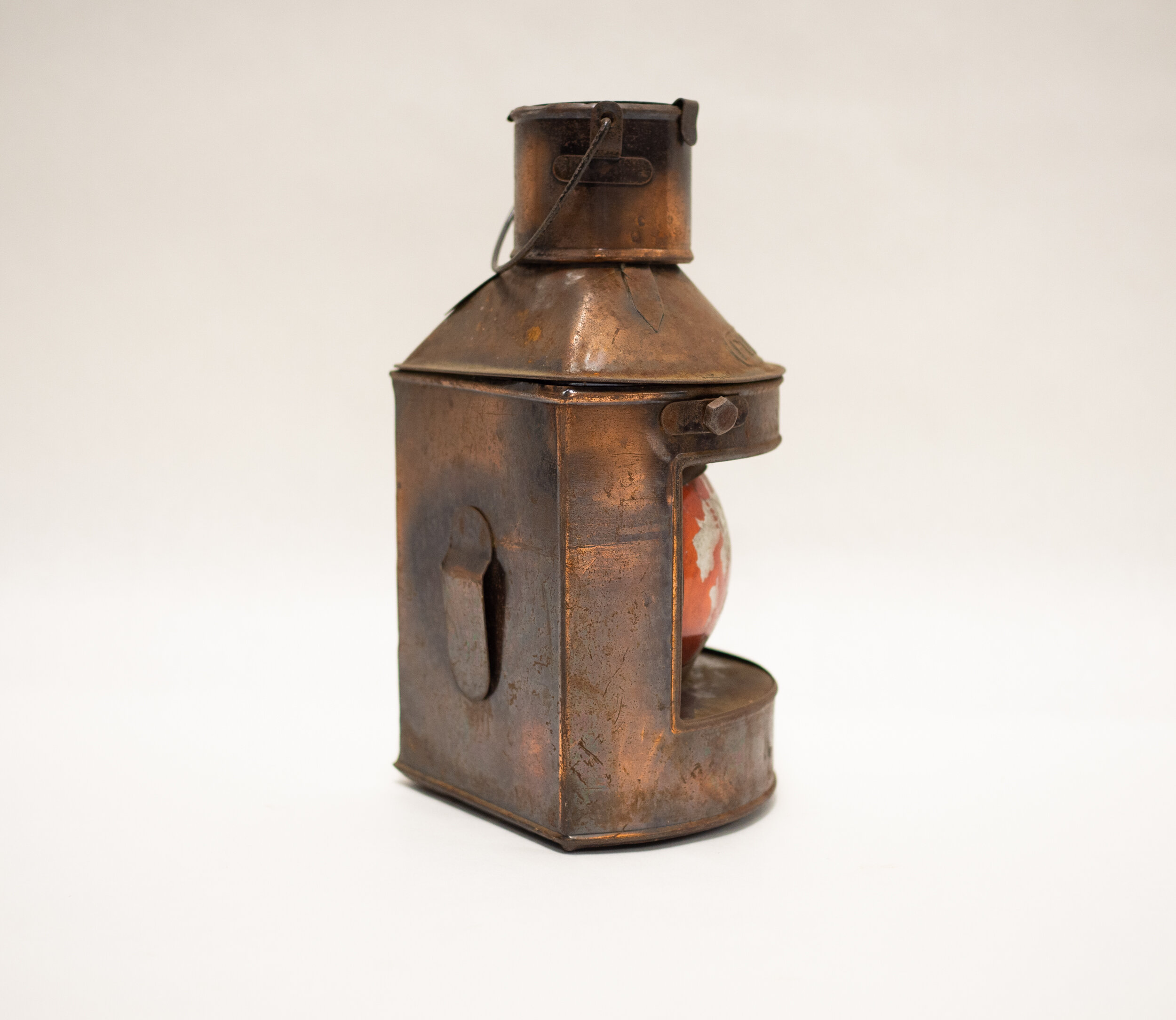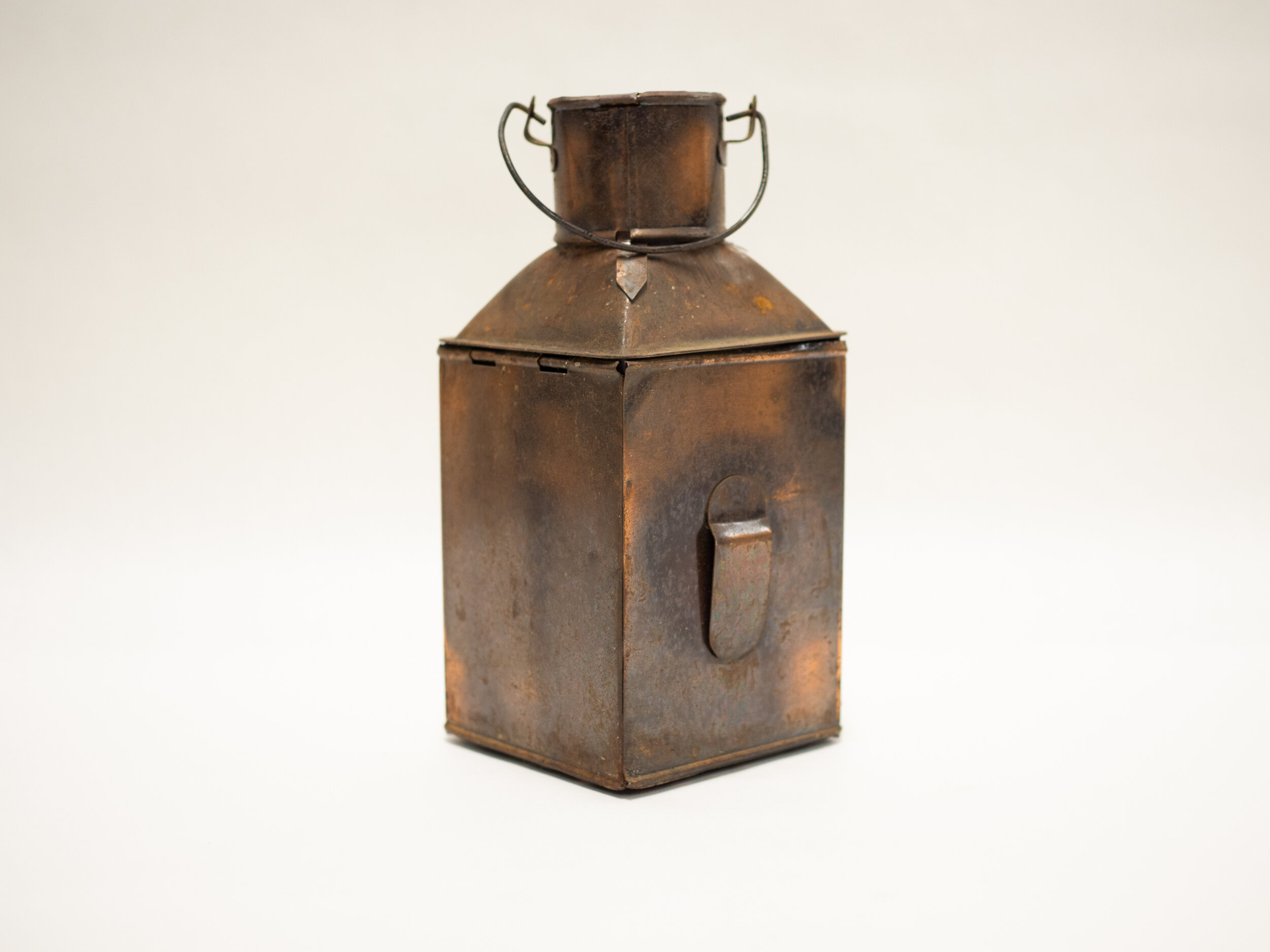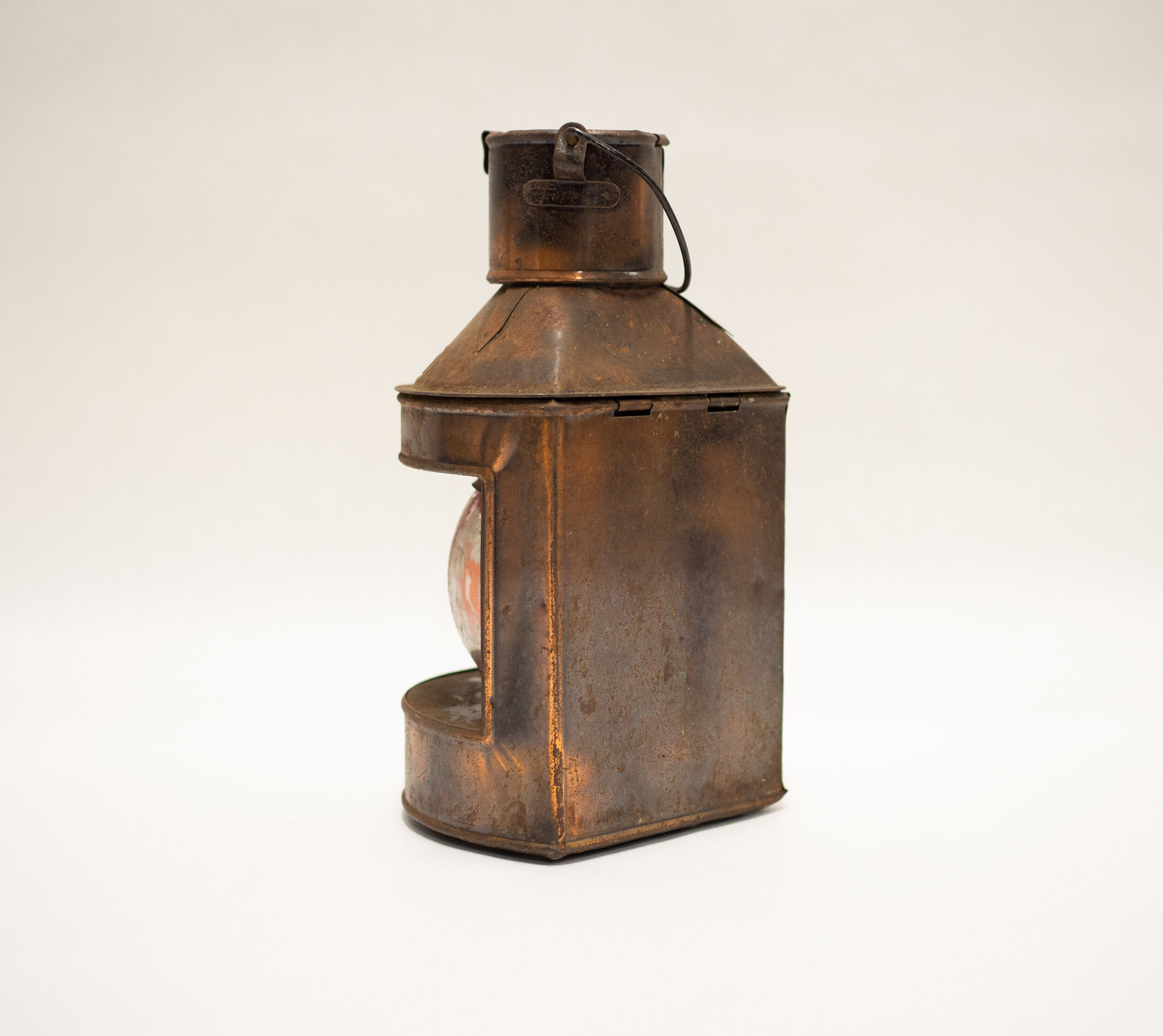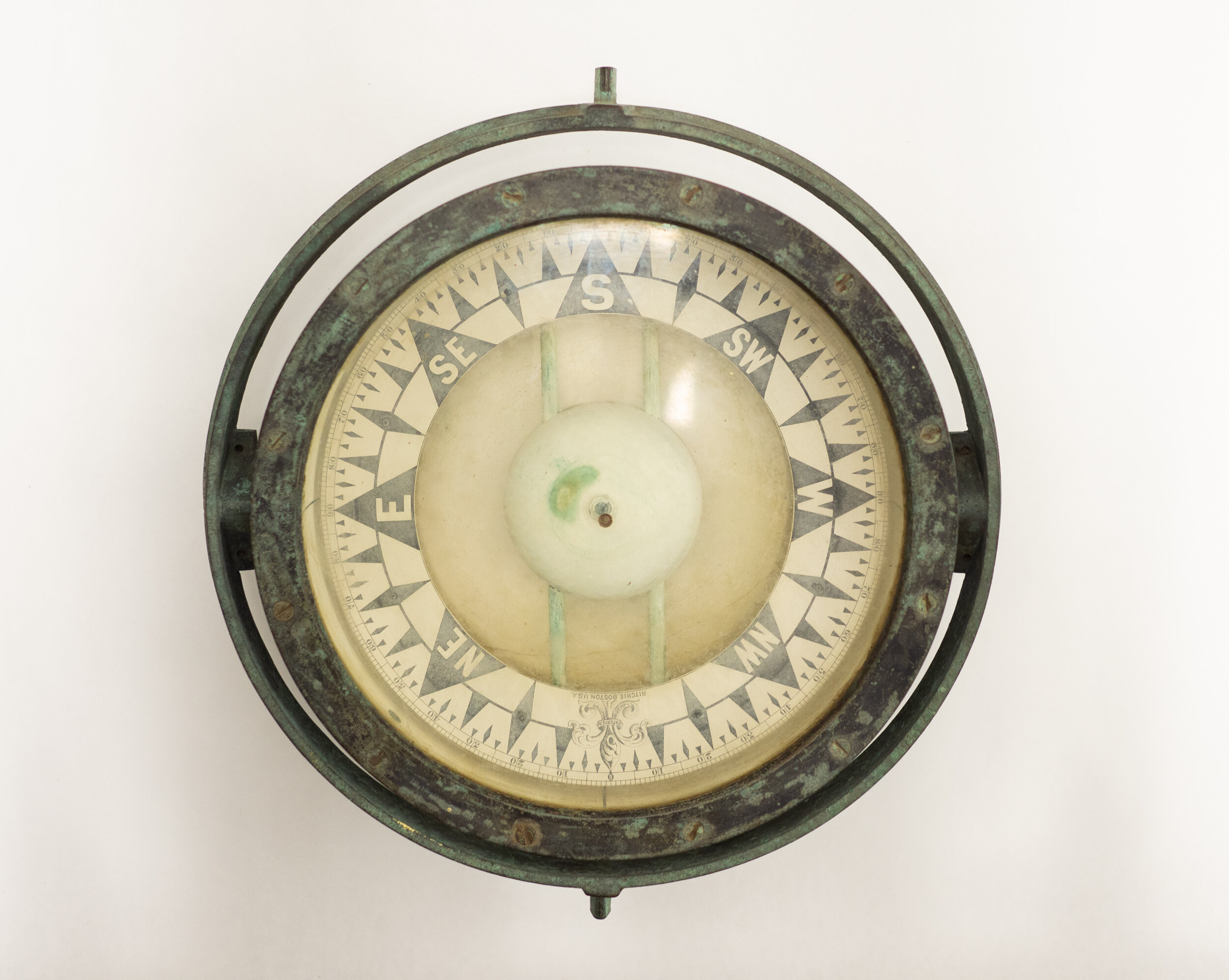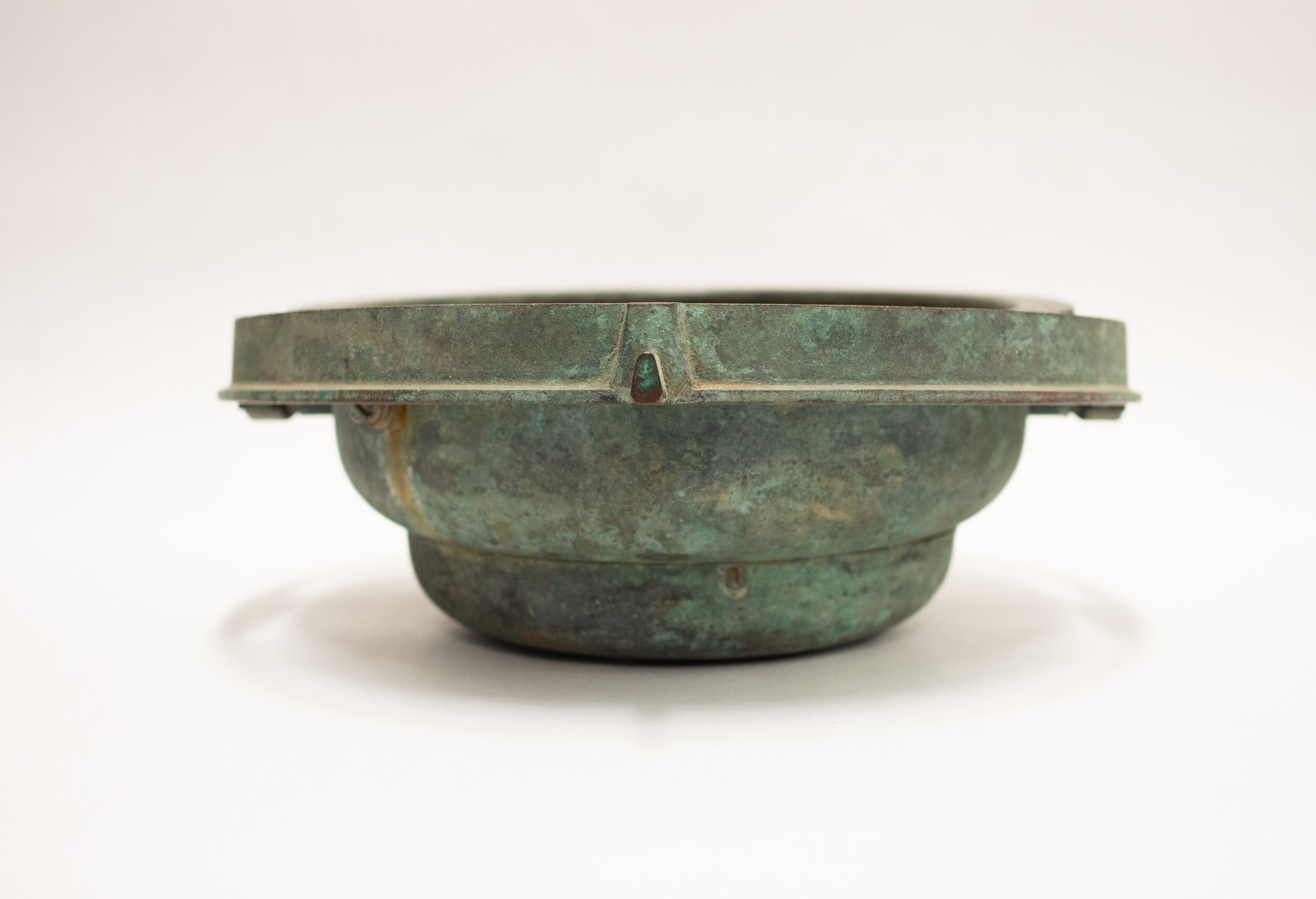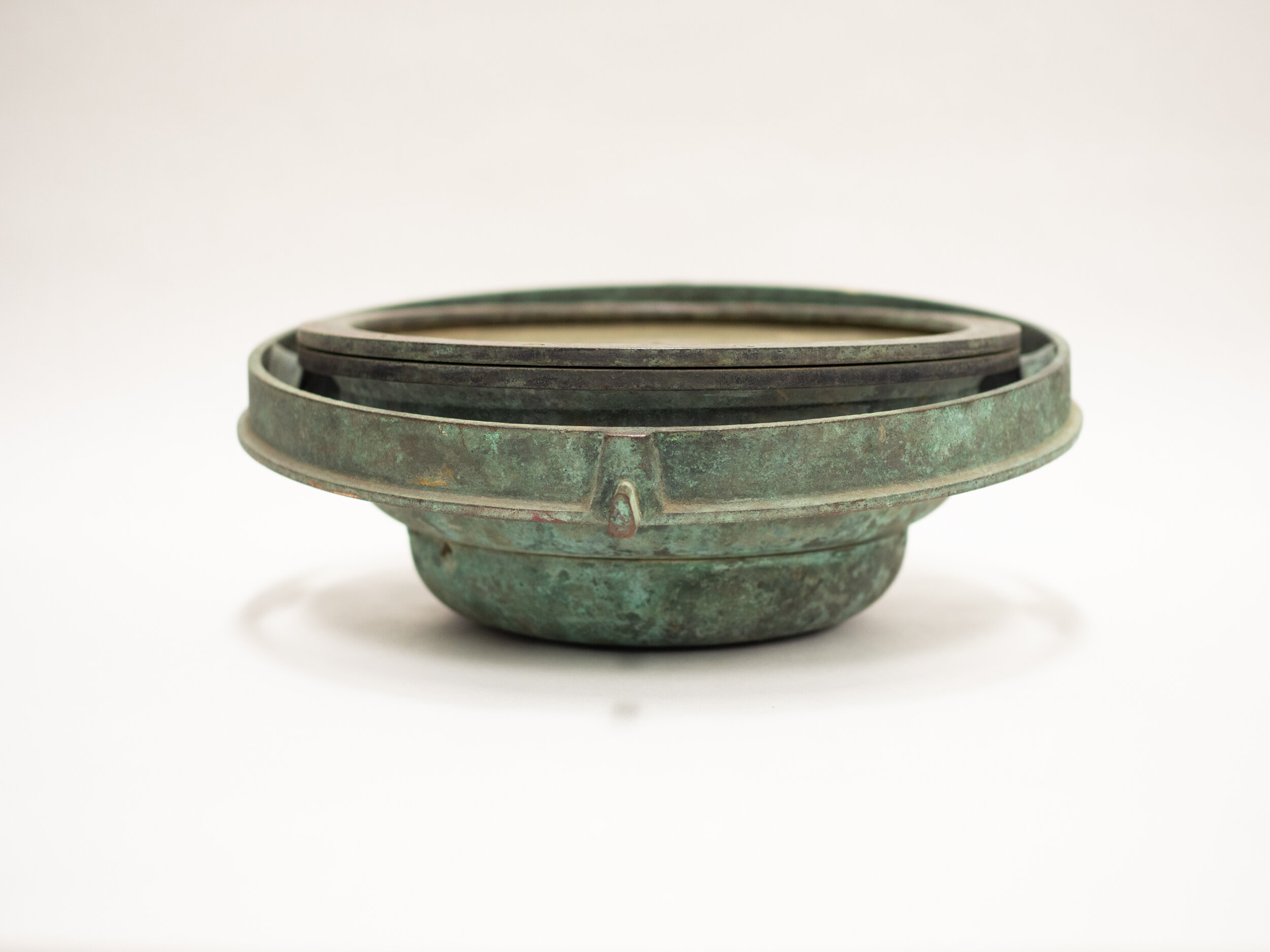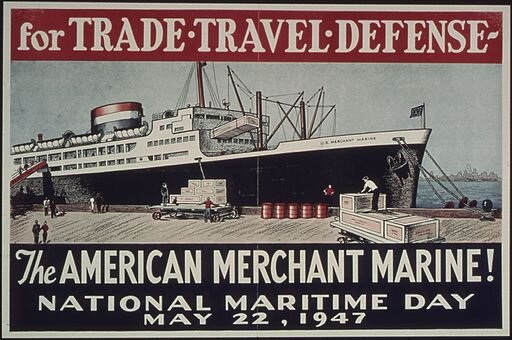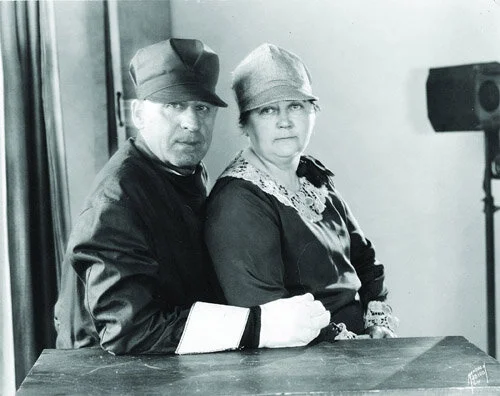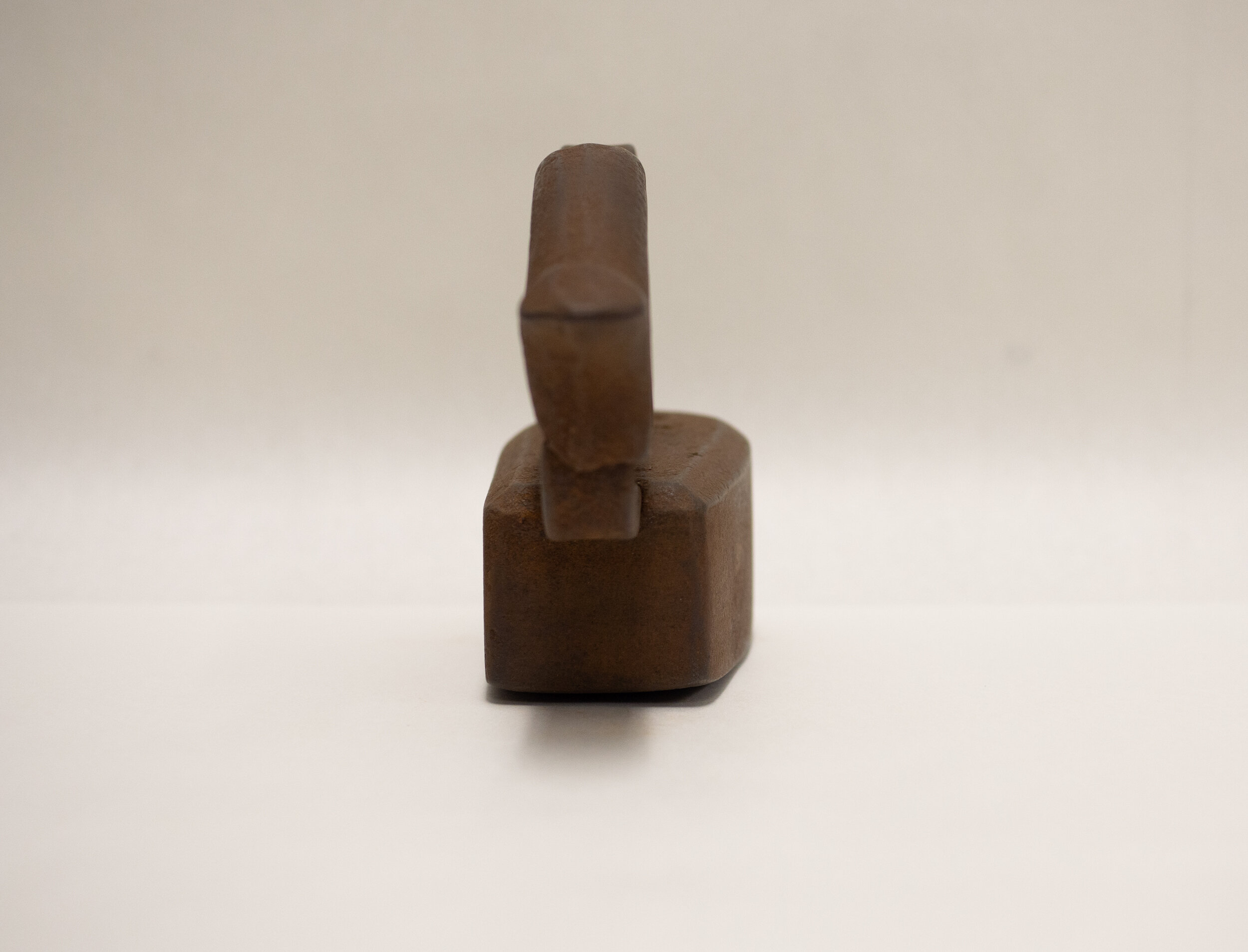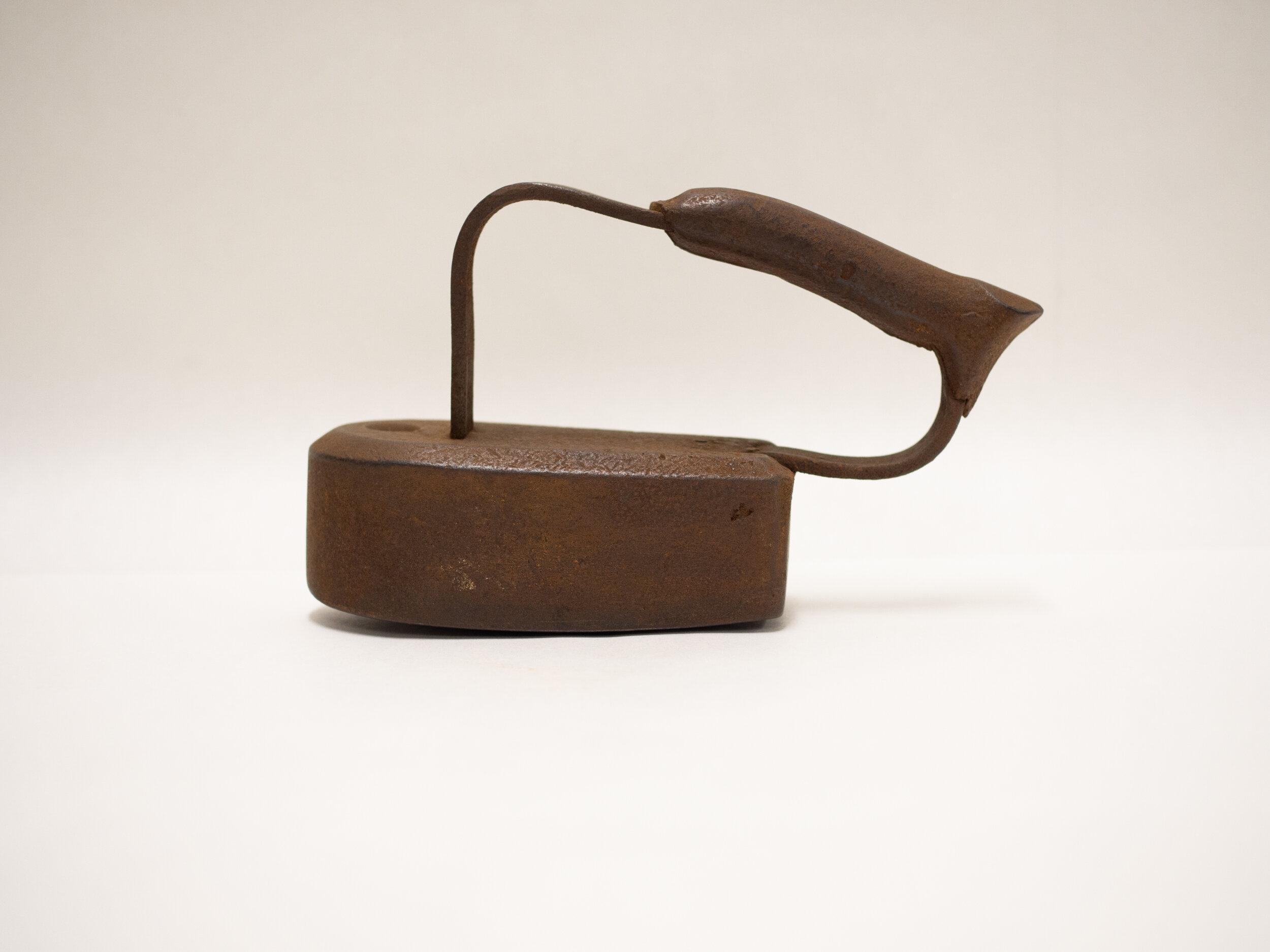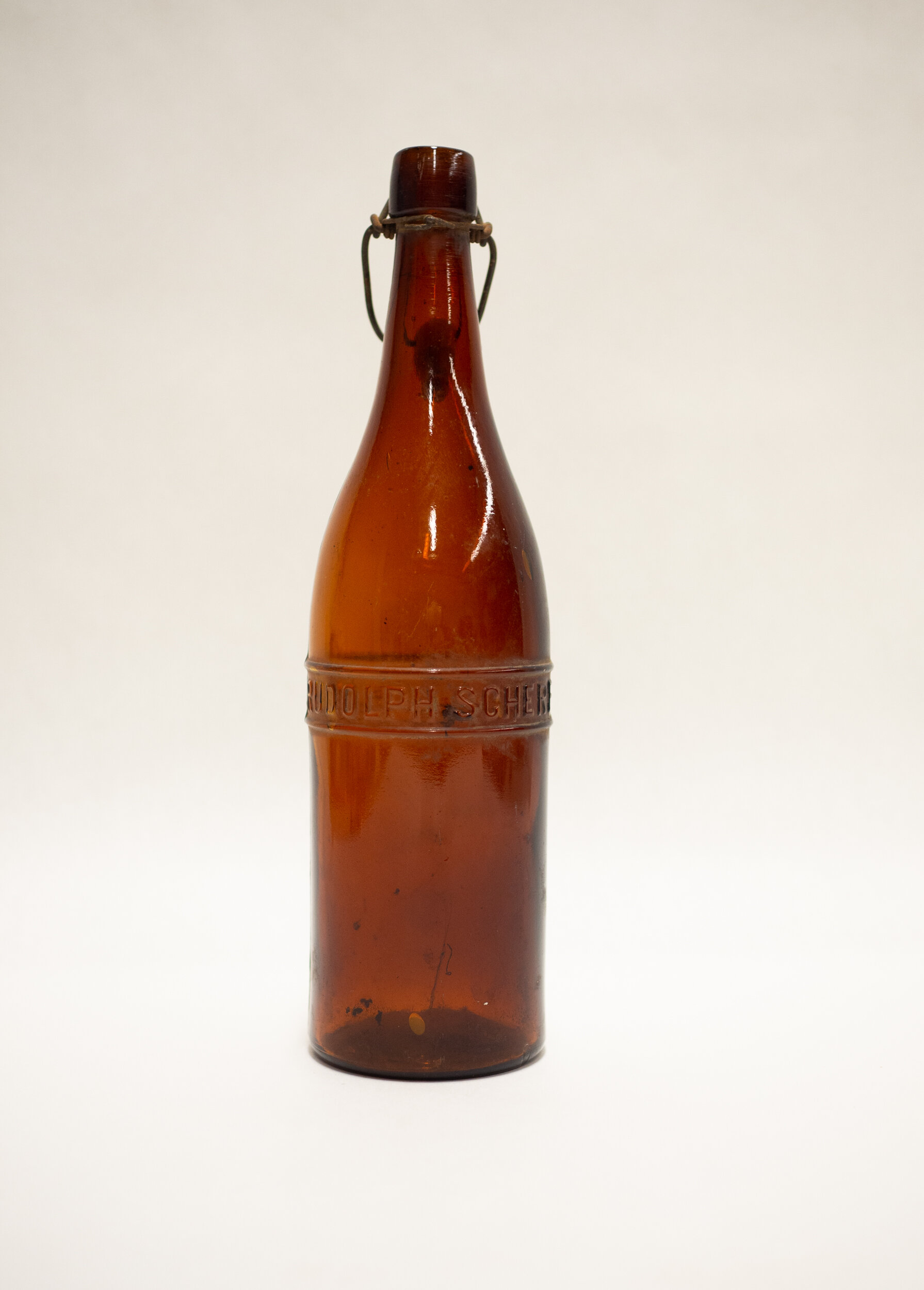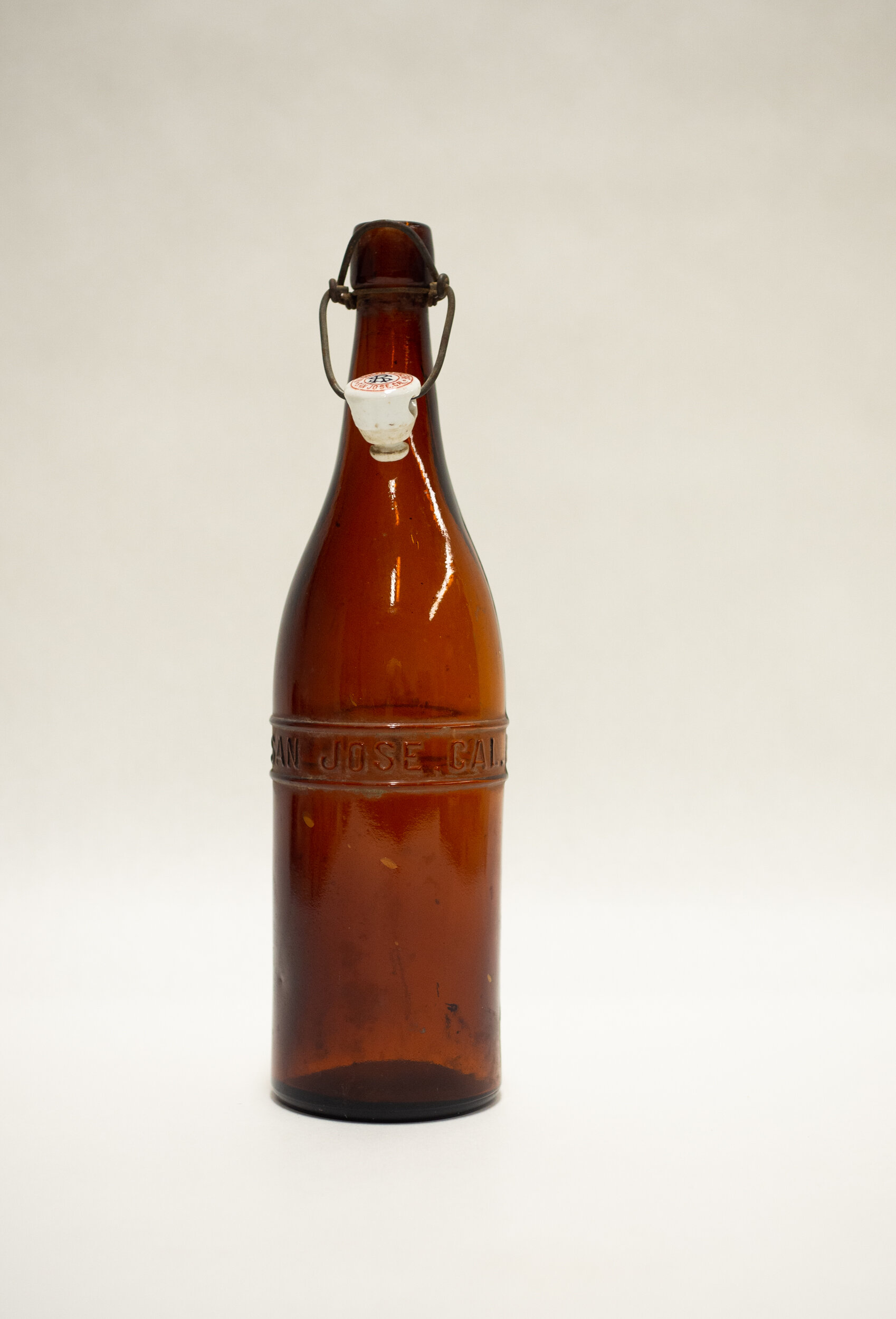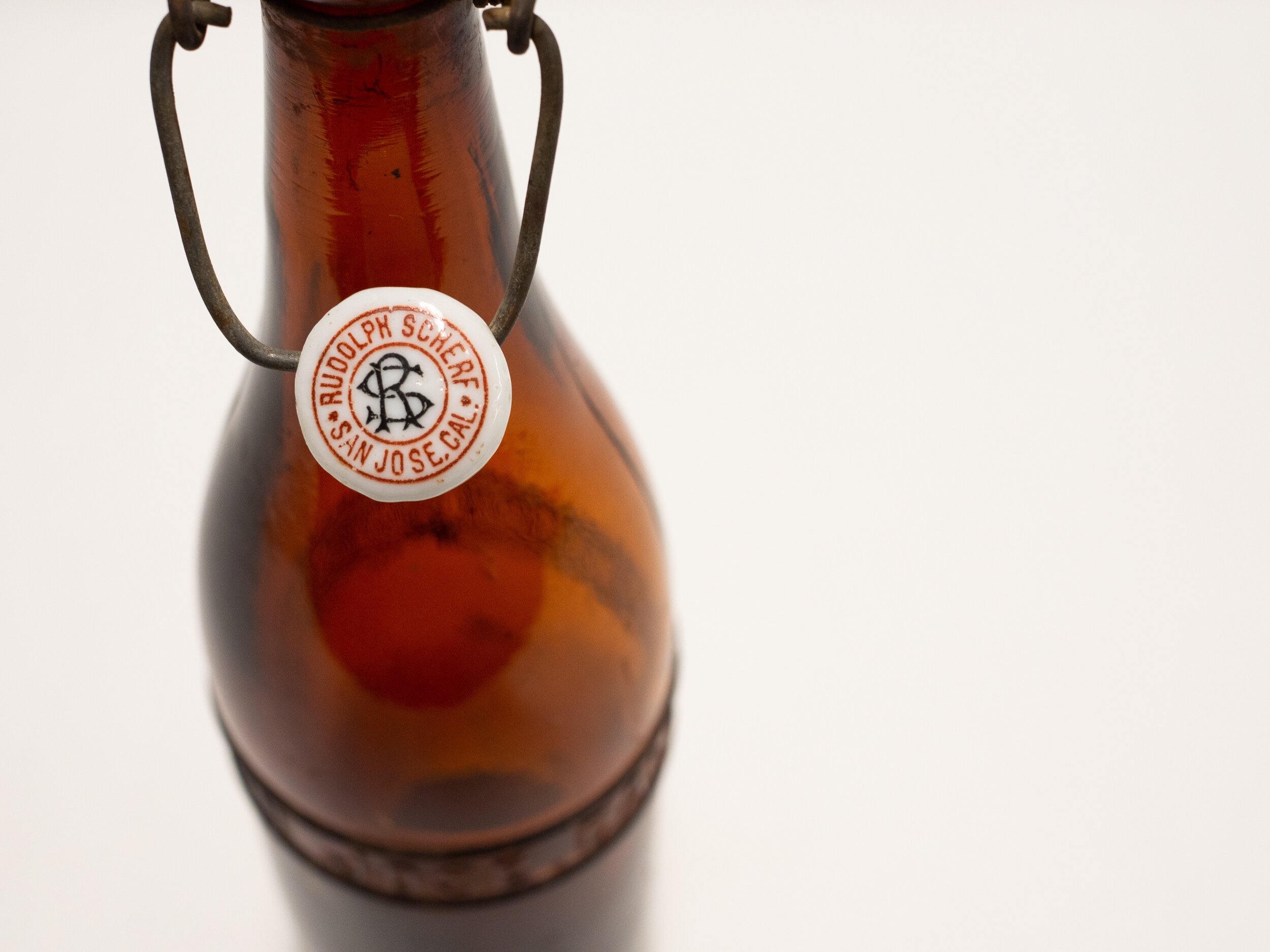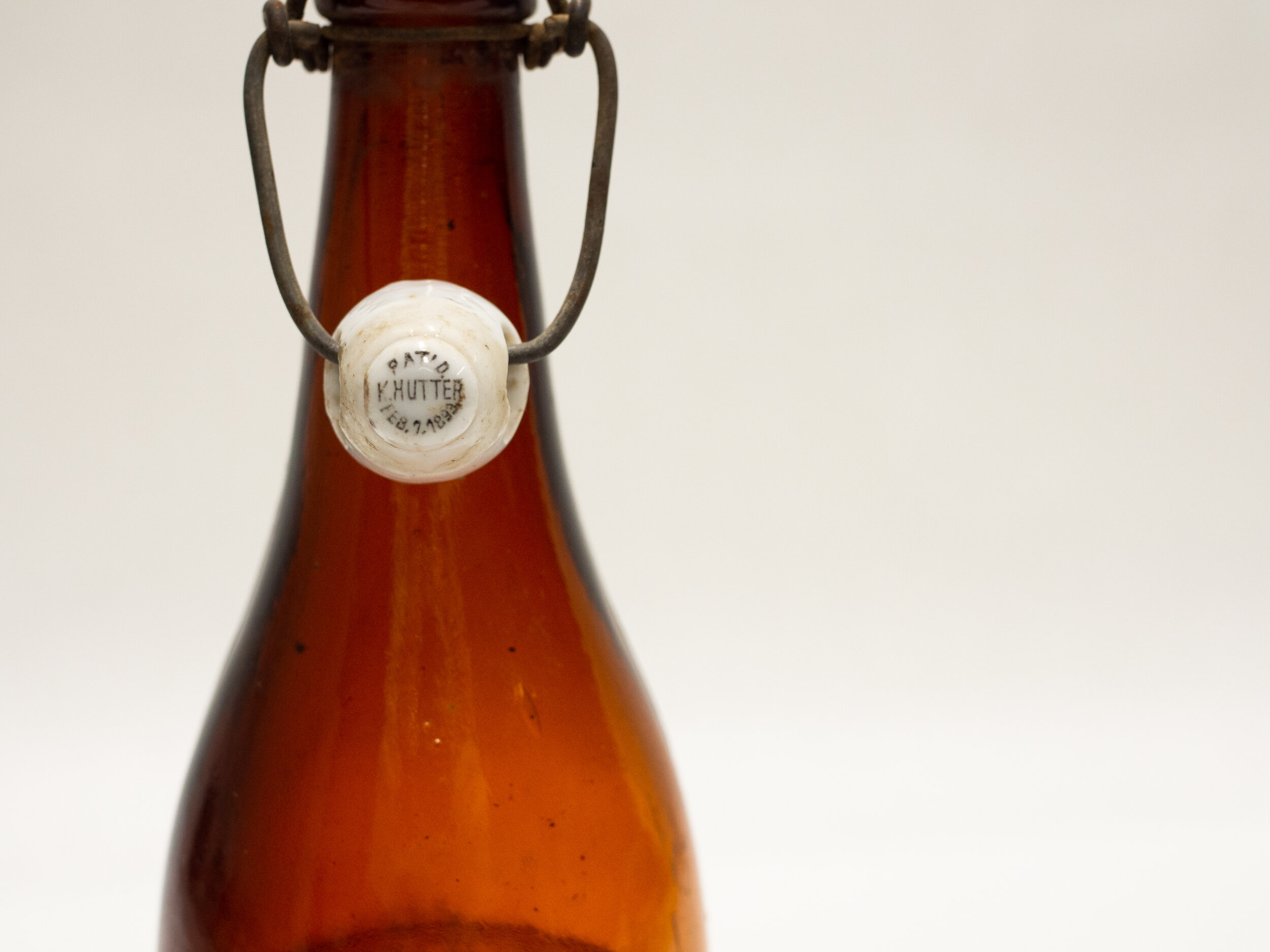Pour yourself a glass of your favorite oaky merlot or buttery chardonnay - it’s National Wine Day! Although this bottle in the museum’s collection held grape juice, it was bottled by one of the earliest vineyards in the Los Gatos area, Lone Hill Vineyards. In the 1860s, D.M. Harwood arrived in the area, and promptly planted the vineyard. By 1876, Lone Hill Vineyards was the largest vineyard in the area, with 140 acres. While this winery no longer exists, its legacy lives on; there is a Harwood Road in the Lone Hill Highlands neighborhood of San Jose, which is also home to Lone Hill Park.
Lone Hill Vineyard, circa 1876. Courtesy of Los Gatos Library
Los Gatos has a long history of winemaking. Franciscan monks introduced viticulture - the cultivation of grapevines - to the region in 1802 at Mission Santa Clara. In 1888, Jesuit priests established the Novitiate Winery, which is California’s fourth oldest winery, and still operates today as Testarossa Winery. The Novitiate Winery was able to survive Prohibition due to the fact that sacramental wine production was still allowed - in fact, the winery was able to double its operations and production during that time! The priests would have used a stencil, like this one in the museum’s collection, to label their barrels of altar wine. In 1852, French immigrant Etienne Thée planted vineyards in the foothills of the Santa Cruz mountains, establishing the Almaden Vineyards winery, which still operates today in the San Joaquin Valley and lays claim to the title of “California’s Oldest Winery.” Thée’s son-in-law Paul Masson took over management of the winery in 1892, and went on to establish his own winery in 1905, which is known today as the Mountain Winery in Saratoga. Cheers to Los Gatos history!
This photograph from NUMU's collection labeled as “a typical Almaden field worker,” depicts a man of Hispanic descent picking grapes for the Almaden Winery. The agricultural past of Los Gatos is not often discussed or represented, as much of that labor was done by people of Mexican descent and other peoples of color. This photograph gives a glimpse into the hidden history of Los Gatos, and the agricultural laborers that helped establish the successful businesses that led to the wealth of the Town.
Novitiate Winery, circa 1897. Courtesy of Los Gatos Library
